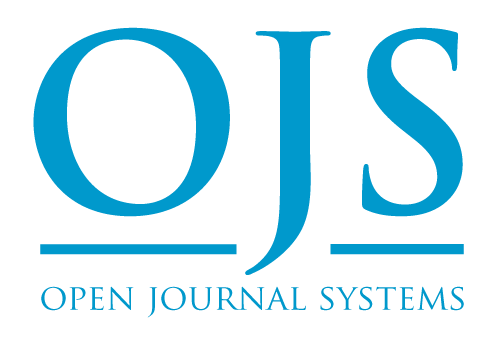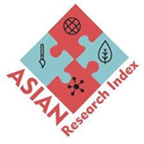Family in the Light of the Seerah of the Prophet (PBUH): An Applied Study on its Need and Importance in Pakistani Society
DOI:
https://doi.org/10.5281/Keywords:
Mutual respect, Contemporary Pakistani Society, Foundational Values, Adhering, Familial Bonds, Social UnityAbstract
The family is the foundational unit of any society, playing a pivotal role in shaping individual character and ensuring social stability. In the light of the Seerah of the Prophet Muhammad (S.A.W), the concept of family is deeply rooted in values such as compassion, justice, mutual respect, and moral upbringing. This study explores the concept of family within the framework of the Seerah (biography and teachings) of Prophet Muhammad (S.A.W) and its profound relevance to contemporary Pakistani society. Rooted in Islamic principles exemplified by the Prophet's life, the research investigates the foundational values, roles, and responsibilities within the family unit as demonstrated by the Seerah. It analyzes the critical need for adhering to these Prophetic guidelines in addressing the multifaceted challenges facing families in Pakistan today, including social fragmentation, moral degradation, and destruction of traditional values. Through an applied lens, this study examines the practical implications of the Seerah's teachings on fostering strong familial bonds, promoting ethical conduct, ensuring social unity, and ultimately contributing to a healthier and more virtuous Pakistani society. By highlighting the timeless wisdom embedded in the Prophet's example, this research underscores the enduring importance of the Seerah as a guiding light for strengthening family structures and nurturing a thriving social fabric in Pakistan.
Published
Issue
Section
License
Copyright (c) 2025 AL-HAYAT Research Journal (AHRJ)

This work is licensed under a Creative Commons Attribution 4.0 International License.












